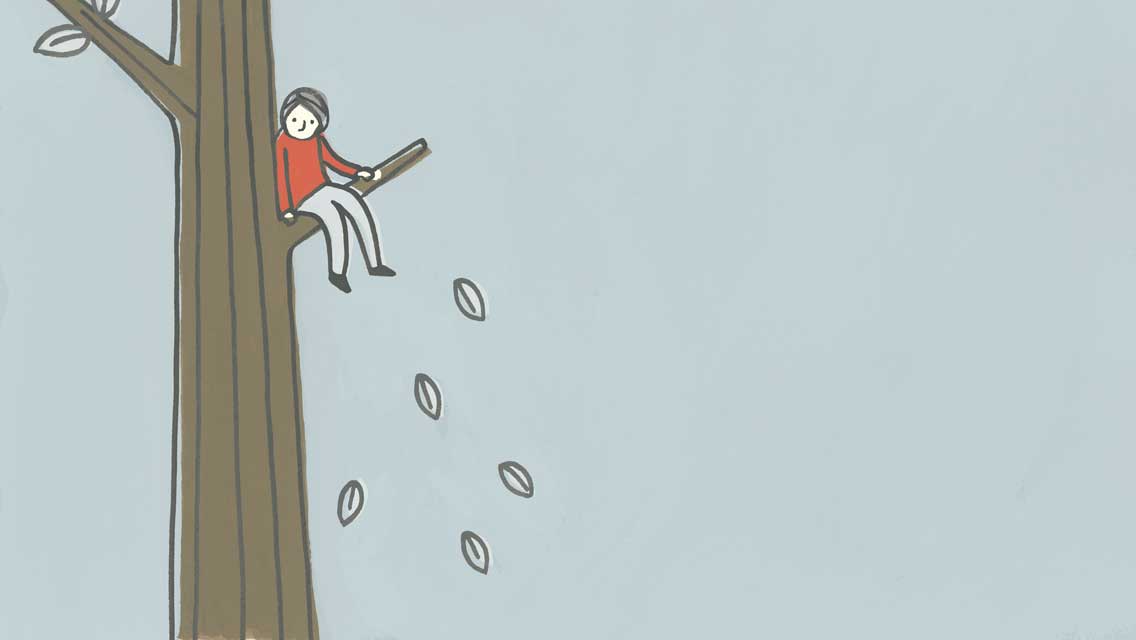For the most part, it’s holding up pretty well. No limping, no real stiffness, and my commute has been mostly pain-free. I’m not quite ready to grab my tennis racket and get back out on the court, but I’m relieved to know that my aging body has retained its self-healing powers.
So, here’s my prescription for knee rehab: Forget the knee replacement. Dial back your more physical athletic pursuits, but keep moving as much as you can and tap into your physiologic reserve for as long as possible.
OK, that last part was not part of my original rehab plan. I borrowed it from a recent Jane Brody column in the NYT. Brody interviews Mark Lachs, MD, director of geriatrics at the NewYork-Presbyterian Healthcare System and author of Treat Me, Not My Age (Viking, 2010), who describes how each of us is born with more capacity than our organs and general biological systems need to operate. We have, for instance, billions of brain cells we’ll never use and way more kidney and liver and heart capabilities than we typically need to function properly.
But we begin dipping into those reserves in our 20s — when muscle strength peaks for most people — and it can begin to run pretty low once your hit your 80s and 90s, Lachs says. This was not a big issue in the good old days when folks routinely kicked off in their 50s and 60s, but Western medicine now has ways to keep most of us vertical well into our 80s (indeed, some experts are predicting that centenarians will become rather common among my children’s generation) and, as Lachs puts it, “Millions of people have survived long enough to keep a date with immobility.”
The good news is that you can tweak your routine at almost any age and slow the depletion of your physiologic reserves. Lachs cites a 2004 study in which a group of elderly patients recovering from a hip fracture increased their walking speed, balance and muscle strength simply by performing a few basic strengthening exercises. Something as simple a daily
walk can make a difference between mobility into your 90s or disability at 60, he says. “Even the smallest interventions can produce substantial benefits.”
I like this approach, because it gives all of us hope that we can improve our quality of life as we age rather than cave in to the conventional thinking that says, “Hey! You’re old and creaky. Get used to it!”
I may be old and creaky, but next spring I’ll be back out on the tennis court — older, yes; creakier, not so much.


This Post Has 0 Comments